Social media evidence can be quite helpful in ensuring successful court proceedings or investigations. Lawyers can share posts, images, videos, and active content in court to prove a case. However, defending it in court offers a major challenge, unlike other forms of evidence.
For one, it requires a process to document a subject’s activities, analyze and curate data, and preserve the information investigators collected online. More importantly, you must access the information in a permissible and ethical manner to ensure verifiability and defensibility.
The Process of Social Media Investigation
Conducting social media investigation is not just about taking screenshots and downloading videos. Firms follow a specific process to ensure data security, consistency, uniformity, and chain of custody. Here are the key steps:
1. Identification
Sometimes, clients share social media links to specific profiles or content, which are essential to an investigation during the discovery stage. This allows the investigator to jump right in and collect the data. In other cases, investigators will search for key terms and names to identify posts or profiles relevant to the investigation.
2. Preservation
There are different ways to preserve social media evidence. Platforms like Twitter, Facebook, and Instagram coupled with the right tools and technology allow users to download files containing a user’s photos, videos, timelines information, messages, and posts.
More importantly, the downloaded files usually feature metadata and digital identification for easy authentication. For example, direct messages or video calls feature metadata like the date and time of interaction to verify authorship. Some files also include geographical location or information about the device used to make the post..
However, downloaded files might offer only some of the details you need. A digital forensic approach by experts is the best way to preserve digital evidence and ensure ethical compliance and chain of custody. For example, experts use software to search for and collect evidence, which includes source code and metadata for easy verifiability.
3. Collection
At the onset of social media, users set their profiles to private, making their posts and details only accessible to friends or followers. Nowadays, most social media profiles are public, offering access to users’ videos, photos, posts, and online activities.
However, accessing a user’s social media content doesn’t mean you’re collecting it properly. The process must involve social media discovery to ensure relevancy, authenticity, and chain of custody. Proper evidence collection is vital to eliminating false positives and hearsay.
The SMI Aware Approach
SMI Aware simplifies social media evidence collection and preservation with proprietary technology and in-house social media intelligence analysts. Our social media capture includes metadata, which offers crucial details like IP addresses, time stamps, and dates for evidence authentication.
Our technology executes sophisticated digital forensics for high-volume discovery and analysis to ensure uniformity and accuracy. Once the information is captured and preserved, it’s still defensible in court, even if the subject deletes their posts or deactivates their social media account.
Preserve Digital Evidence with SMI Aware
The law demands the proper preservation of social media evidence to ensure defensibility in court. Each piece of evidence should be verifiable, so having the source code and metadata of the photos or videos you collect is crucial.
At SMI Aware, we have independent in-house analysts and proprietary software for comprehensive data collection and analysis to provide consistent, accurate results. Contact us to learn how we can help you with your e-discovery and social media investigations.




